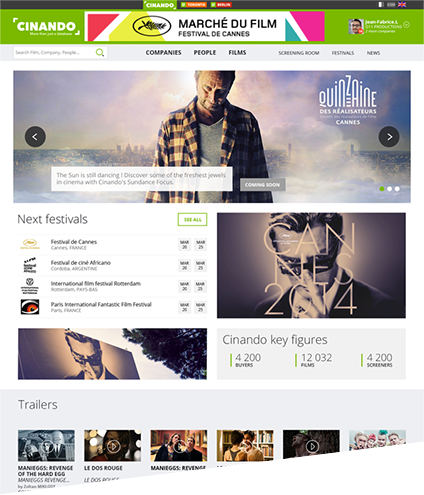STG PRODUCTION - as PROD
Art - Culture - Post-Production 2017
Rising from the rice of fields of Bangladesh stands an architectural wonder. Testament to an American artist’s humanist vision and to a nation’s fight for independence, the National Parliamentary Complex in Dhaka, commands the emerald landscape of one of the most chaotic countries on earth.













